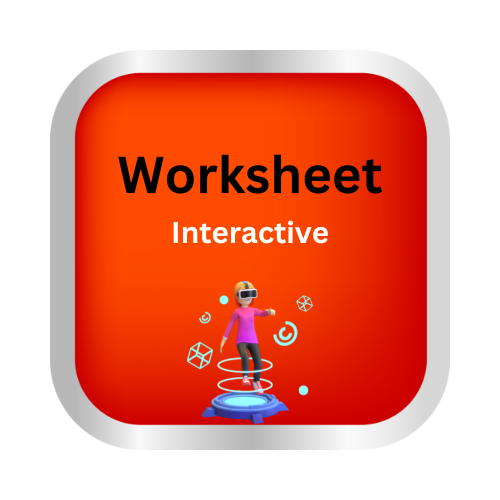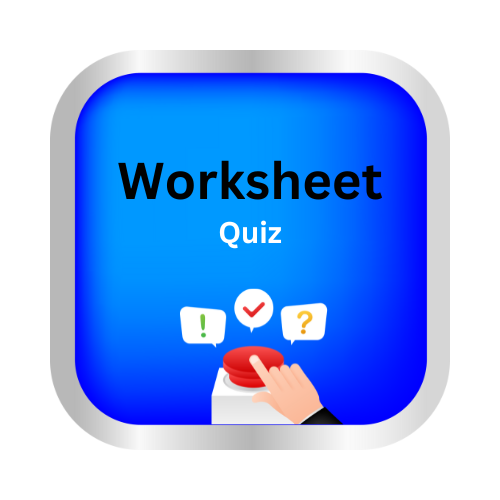Use semicolons, colons, and commas with lists
Key Notes :
📝 Use Semicolons, Colons, and Commas with Lists
| Comma (,) – for simple lists |
Use commas to separate items in a simple list of 3 or more things.
Rule: Comma goes between items, and before the last item we often use “and”.
Example:
- 🍎 I bought apples, bananas, oranges, and grapes.
- 🏀 She likes basketball, football, and tennis.
| Semicolon (;) – for complex lists |
Use a semicolon when items in the list already have commas or are long phrases.
- It helps avoid confusion.
Example:
- 🌍 We visited Paris, France; Rome, Italy; and Berlin, Germany.
- 📝 On my to-do list: clean my room; finish my homework; and call my friend.
| Colon (:) – to introduce a list |
Use a colon after a complete sentence to introduce a list, an explanation, or a quote.
Rule: The part before the colon must be a complete sentence.
Example:
- 📚 I need to buy the following items: pencils, erasers, notebooks, and markers.
- 🎉 There are three things you must bring: your ticket, your ID, and your smile! 😄
| Tips to Remember ✅ |
Comma → simple, short items.
Semicolon → complicated items or items with commas.
Colon → to introduce the list after a complete sentence.
Emoji trick: Think of it like this:
- 🍎, 🍌, 🍊 → Commas
- 🍎, red; 🍌, yellow; 🍊, orange → Semicolons
- “Here are my fruits: 🍎, 🍌, 🍊” → Colon
| Practice Examples ✏️ |
- I packed my bag with: a notebook, a pencil, a ruler, and an eraser. ✅
- My favorite cities are New York, USA; London, England; and Tokyo, Japan. ✅
- For the party, we need balloons, streamers, cake, and drinks. ✅
Let’s practice!

